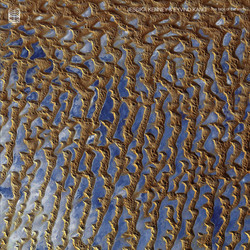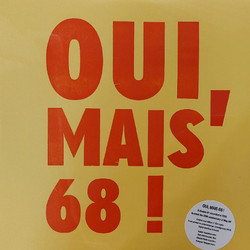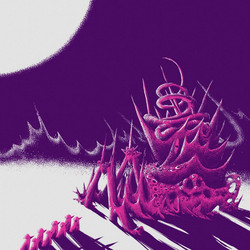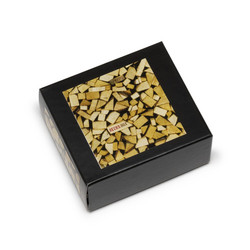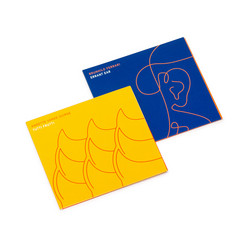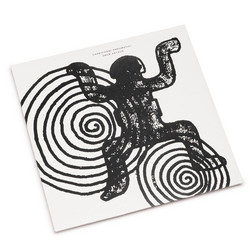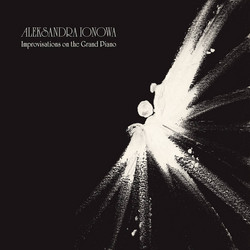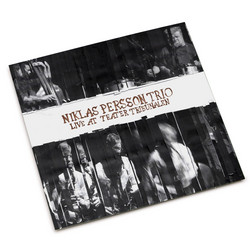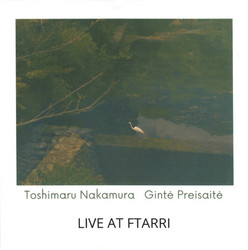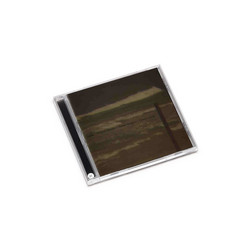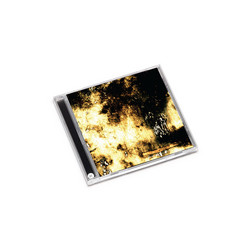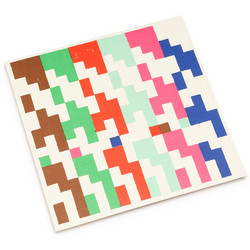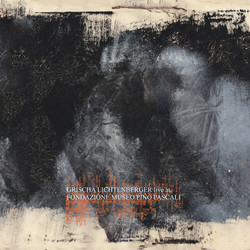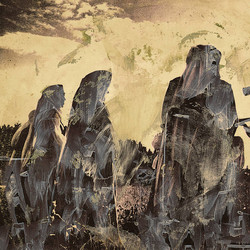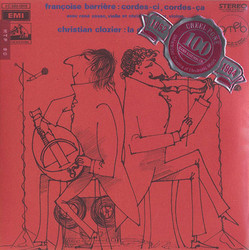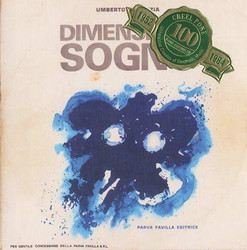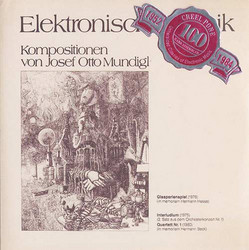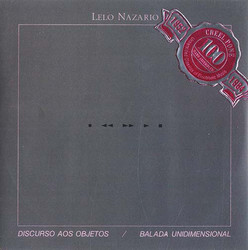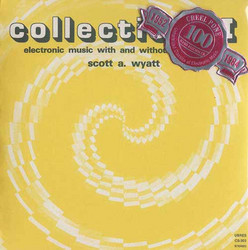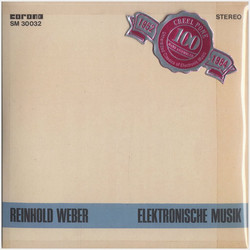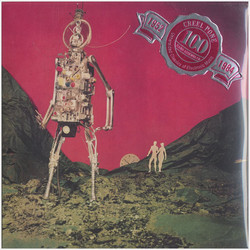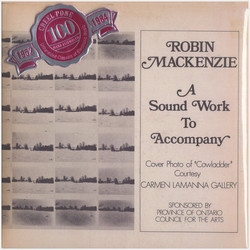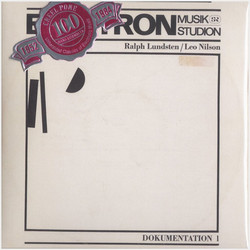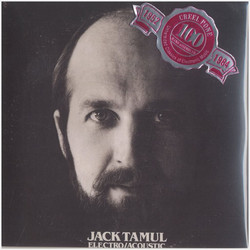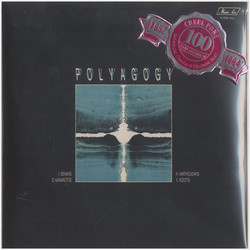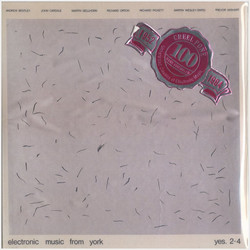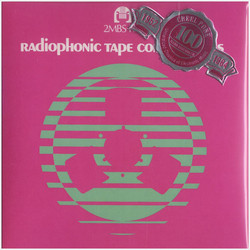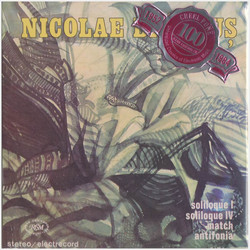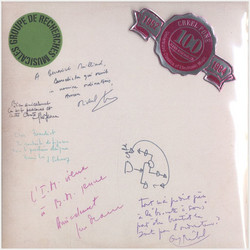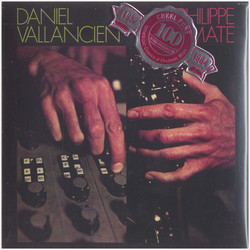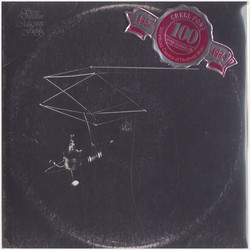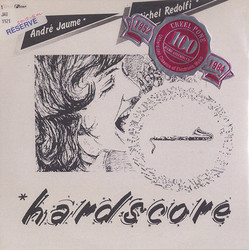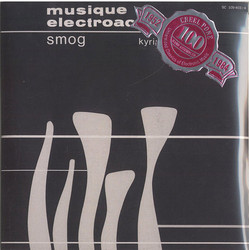After a fruitful think-tank session (during which a selection of the european faction of the C.P. cognoscenti met in one of Berlin’s seedier bars to brainstorm new “candidates” for inclusion in the series, now in its 8th year) a couple of great titles were unearthed, the first of which is this fine outing, originally issued by the Columbia, MO -based Garuda label in the mid-80s consisting of a selection of “Imaginary Electroacoustics” by the composer Ed Herrmann, primarily composed utilizing the elusive E-Mu & Serge modular systems (keeping things defiantly analogue in those gradually creeping digital times.)
Featuring cover art & some fine clarinet playing by the Hon. Rev. Dwight Frizzell (whose mythical “Beyond the Black Crack” LP - issued privately in 1976 by Cavern Custom, later reissued by Paradigm - remains one the holy grails of the early / midwest outsider-electronic spec) this set prob. has the most sympathetic resonance in the Creel Pone canon w/ the Roy Sablosky / Gregory Jones “No Imagination” set (in that there’s a similar trend towards utilizing high-grade instruments designed for precise timbral quality to produce, essentially, proto-harsh-noise blasts & forms) ; it’s a wild & woolly ride, culminating in a side-length suite of churning, pulsing figures & drones.
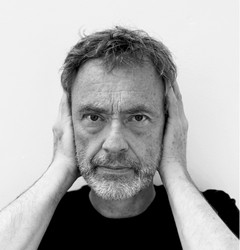
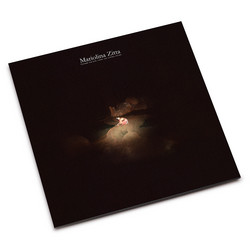
![Eyry]](https://cdn.soundohm.com/data/products/2025-12/Gillis_Eyry_CD_01-jpg.jpg.250.jpg)
